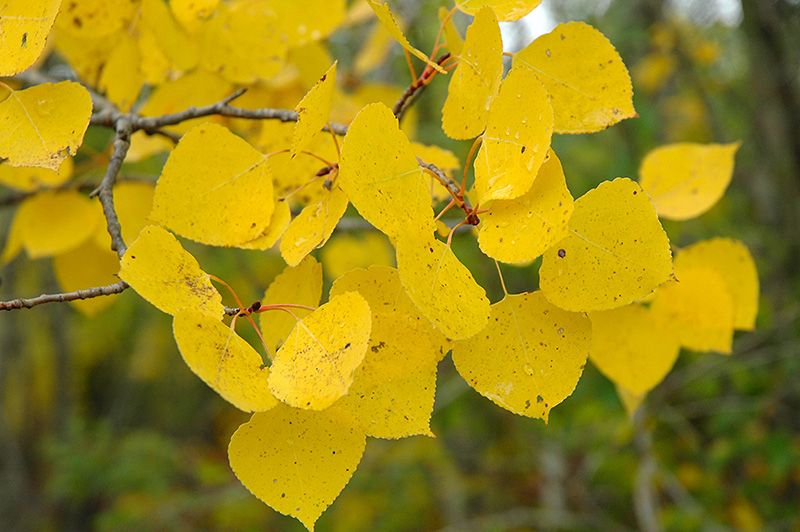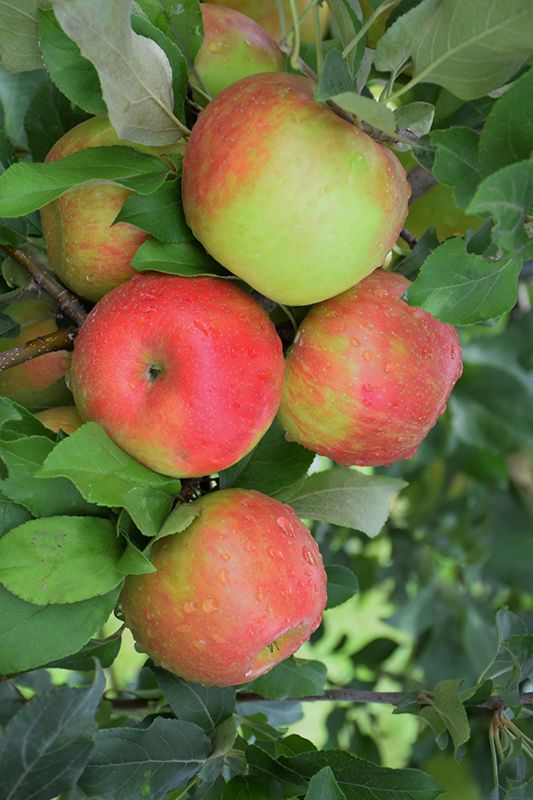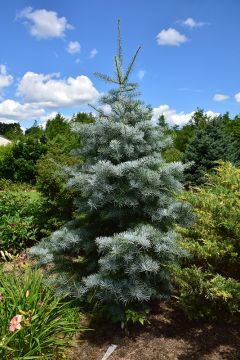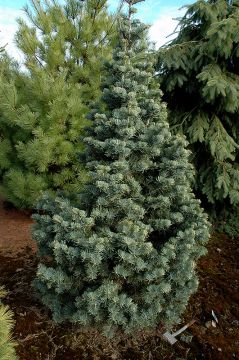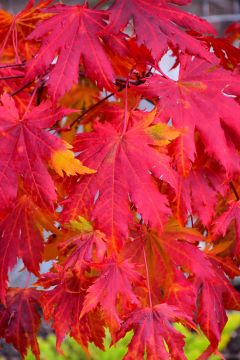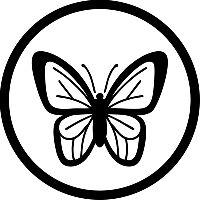Abies, Korean Fir 'Horstman Siberlocke' (Large)



- Sun Preference
- Full-Sun, Part-Sun
As low as $329.00
Description
A stunning small evergreen with amazing year-long color; new foliage emerges shiny silver in spring, fading to sea green with a prominent silver band, needles are held in whorls which displays the colors prominently; a showy garden accent
Minnesota's Largest Selection of Trees
At Minnesota's Destination Garden Center, we offer a diverse range of trees to suit any landscaping need. Whether you're looking for shade trees to cool your home or ornamental trees to add beauty and interest, you'll find the perfect tree at Gertens. Our knowledgeable staff can help you select the right tree for your space and provide tips for care and maintenance. Visit Gertens today and explore the unmatched variety of trees to enhance your outdoor environment!
Details
Horstmann's Silberlocke Korean Fir | Abies koreana 'Silberlocke'
Height: 15 feet
Spread: 10 feet
Sunlight: full sun to partial shade
Hardiness Zone: 4a
Other Names: Silberlocke Korean Fir
Brand: Gertens
Description:
A stunning small evergreen with amazing year-long color; new foliage emerges shiny silver in spring, fading to sea green with a prominent silver band, needles are held in whorls which displays the colors prominently; a showy garden accent
Ornamental Features
Horstmann's Silberlocke Korean Fir is a dwarf conifer which is primarily valued in the landscape for its distinctively pyramidal habit of growth. It has attractive bluish-green foliage with silver undersides which emerges silver in spring. The needles are highly ornamental and remain bluish-green throughout the winter.
Landscape Attributes
Horstmann's Silberlocke Korean Fir is a dense multi-stemmed evergreen shrub with a distinctive and refined pyramidal form. Its relatively fine texture sets it apart from other landscape plants with less refined foliage.
This is a high maintenance shrub that will require regular care and upkeep, and should not require much pruning, except when necessary, such as to remove dieback. It has no significant negative characteristics.
Horstmann's Silberlocke Korean Fir is recommended for the following landscape applications;
- Accent
- Vertical Accent
- Hedges/Screening
- General Garden Use
- Planting & Growing
Horstmann's Silberlocke Korean Fir will grow to be about 15 feet tall at maturity, with a spread of 10 feet. It tends to fill out right to the ground and therefore doesn't necessarily require facer plants in front, and is suitable for planting under power lines. It grows at a slow rate, and under ideal conditions can be expected to live for 60 years or more.
This shrub does best in full sun to partial shade. It requires an evenly moist well-drained soil for optimal growth. It is not particular as to soil pH, but grows best in sandy soils. It is highly tolerant of urban pollution and will even thrive in inner city environments, and will benefit from being planted in a relatively sheltered location. Consider applying a thick mulch around the root zone in winter to protect it in exposed locations or colder microclimates. This is a selected variety of a species not originally from North America.
More Information
| Available for Pre-Order | No |
|---|---|
| Sun Preference | Full-Sun, Part-Sun |
| USDA Hardiness Zone | 4, 5, 6, 7, 8 |
| Common Family Name | Fir |

